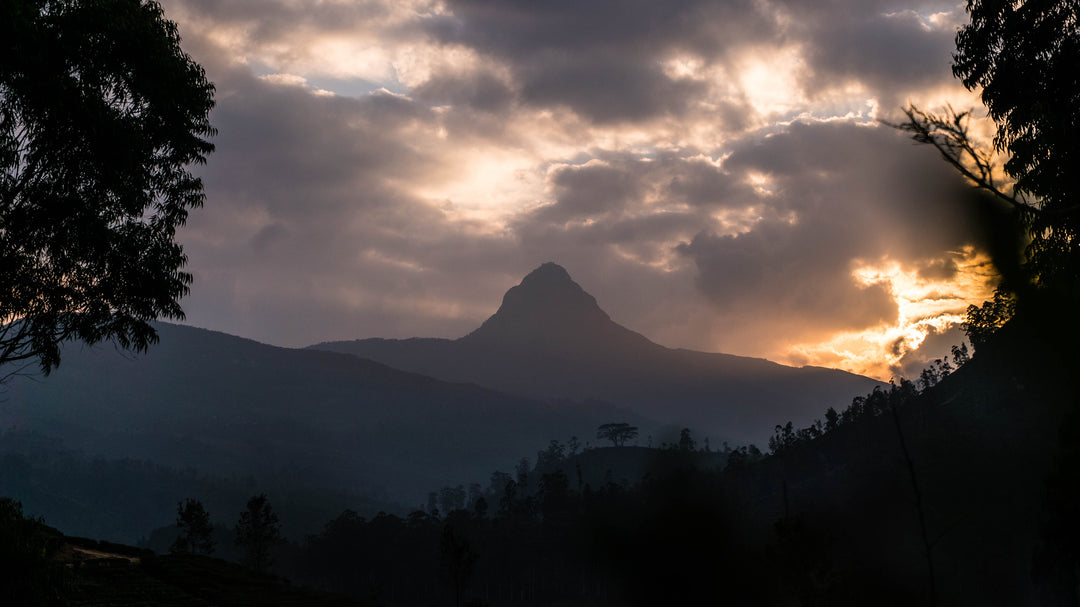Part 3: Replanting at the University of Tea – Cultivating the Next Generation
On commercial tea estates under performing fields will be up rooted and new tea plants will be planted in their place. This process is known as replanting. Replanting is hugely labour intensive and today in many estates due to the migration of workers from the estates or to other professions replanting is not as carried out at the scale as it once was. To give context a friend who started planting in 1986 had a male labour force of 180 men annually he replanted 10 Hectares on his estate. Young tea planters today have a registered workforce of 30 men and are replanting 2 acres per annum.
Replanting involves the uprooting of the old tea bushes, as most plantations and bushes are on slopes and preserving topsoil is crucial. As soon as plants are up rooted manna grass (Glyceria) is planted. This not only helps stop the washing away of top soil but manna grass also helps control any nematode that is in the soil which is damaging to tea plants.

New tea bushes on their way - a tough climb!
After 18 months a new clearing planted with manna grass will be ready for replanting. The manna grass is cut back and used as cattle feed and the arduous task of digging 1.5 foot holes begins. This process is known as “holing”, many who undertake this tasks are men as the work is extremely physically demanding. Most men will do 100 holes a day.
The University of Tea is all about learning about tea from a grassroots level, and we put students in the shoes of those working in the tea fields. Many of those that have tried replanting have said that this is one of the hardest tasks that they have done from carrying new plants up slopes to a replanting fields to digging a 1.5ft deep hole at 4800ft above sea level on a slope to finally planting in a tea plant.

'Holing' and replanting on the University of Tea
If you want to experience what goes into making a cup of our tea then join us at the University of Tea. Just contact me at dananjaya@pmdtea.com




